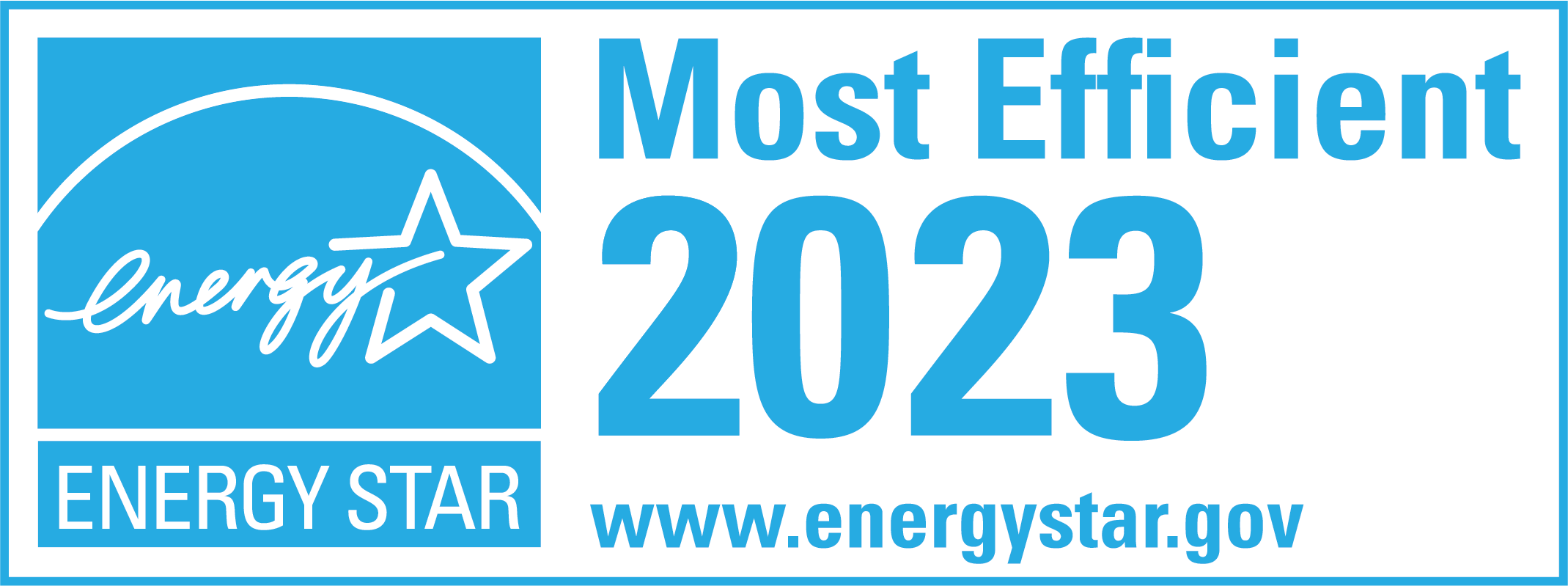How to Install Vinyl Siding: A Guide
Installing vinyl siding is a great way to give your home a fresh, updated look while improving energy efficiency. While the process may initially seem intimidating, anyone can successfully install vinyl siding with the right tools and materials. In this step-by-step guide, we will walk you through the process, from preparation to installation and beyond.
Why Choose Vinyl Siding?
If you’re considering a home improvement project that involves updating your home’s exterior, vinyl siding is an excellent choice. There are several compelling reasons to choose vinyl siding, including:
Benefits of Vinyl Siding
Vinyl siding is a popular choice among homeowners for many reasons. One of the most significant benefits of vinyl siding is its low maintenance requirements. Unlike wood or other materials, vinyl siding is resistant to rot, insects, and weather damage, making it a durable choice that can last many years without needing replacement. This means you can enjoy a beautiful, low-maintenance exterior for years.
In addition to its low maintenance requirements, vinyl siding is also energy efficient. Vinyl siding can help improve your home’s energy efficiency by adding an extra insulation layer to the exterior. This can help keep your home warmer in the winter and cooler in the summer, reducing your energy bills and making your home more comfortable.
Another benefit of vinyl siding is that it is cost-effective. Compared to other materials, vinyl siding is a more affordable option. It requires less maintenance and can last several years without needing replacement. This means you can save money in the long run by choosing vinyl siding over other materials.
Finally, vinyl siding is aesthetically appealing. Vinyl siding comes in a variety of colors and styles, making it a versatile choice for any home. Whether you want a classic look or a modern, sleek design, vinyl siding can help you achieve your desired look.
Comparing Vinyl Siding to Other Materials
While vinyl siding has many benefits, comparing it to other common siding materials, such as wood and fiber cement, is essential. While wood siding has a classic look, it requires a lot of maintenance and is prone to rot and insect damage. This means you must spend more time and money maintaining your wood siding over the years.
Fiber cement is another popular siding material that is known for its durability. However, fiber cement can be expensive and challenging to install without professional assistance. This means that you may need to spend more money upfront to install fiber cement siding.
Overall, vinyl siding provides a low-maintenance, cost-effective, and aesthetically appealing alternative to other materials. Whether you’re looking to update your home’s exterior or build a new home from scratch, vinyl siding is an excellent choice that can provide many benefits for years to come.
Tools and Materials Needed
Before you start your vinyl siding installation project, gathering all the necessary tools and materials is essential. In addition to the tools listed in the original text, you may also need:
- Safety goggles
- Gloves
- Work boots
- Protective clothing
- Caulking gun
- Caulk
- Siding removal tool
- Zip tool
- Siding clips
Make sure to wear appropriate safety gear, including safety goggles, gloves, work boots, and protective clothing, to protect yourself during the installation process.
Choosing the Right Vinyl Siding
When choosing vinyl siding, you’ll want to consider several factors: color, style, and durability. Vinyl siding comes in various colors, from classic white to bold shades of blue or green. The style of vinyl siding you choose will depend on your home’s architecture and your personal taste. The most popular vinyl siding options include horizontal, vertical, and shingle-style.
In addition to color and style, you’ll want to choose durable vinyl siding that can withstand harsh weather conditions. Look for vinyl siding with a high wind resistance rating and impact-resistant. Some vinyl siding options also come with a warranty that covers fading, cracking, and other types of damage.
Additional Accessories and Materials
In addition to vinyl siding panels, you may need additional accessories and materials to complete your installation project. These materials will help ensure that your vinyl siding is weather-resistant and energy-efficient.
- J-channel: Used to trim around windows and doors
- F-channel: Used to trim around soffits and fascia
- Corner posts: Used to trim around corners
- Starter strips: Used to create a level base for the first row of siding panels
- House wrap: Used to provide an additional layer of insulation and protect against moisture
- Insulation: Used to improve energy efficiency and reduce noise
Make sure to choose high-quality accessories and materials compatible with your vinyl siding panels for the best results.
Preparing the Work Area
Removing Old Siding
If you’re replacing old siding, you’ll need to remove it before installing vinyl siding. Use a pry bar or siding removal tool to carefully remove old siding panels, taking special care around windows and doors.
Removing old siding can be time-consuming and laborious, but it’s essential to ensure that the new vinyl siding is properly installed. Before removing the old siding, ensure you have all the necessary tools and equipment, including safety gear like gloves and eye protection.
It’s also important to dispose of the old siding properly. You can take it to a local landfill or recycling center or hire a professional to dispose of it.
Inspecting and Repairing the Wall Surface
Once you remove the old siding, inspect the wall surface for any damages. Common damages include rotting wood, cracks, and holes. Repair any damages, and ensure the surface is smooth and even before installing the vinyl siding.
If you find any significant damage, it’s best to consult a professional before installing it. They can help you determine the best action to repair the damages and ensure the vinyl siding is installed correctly.
It’s also a good idea to clean the wall surface before installing the vinyl siding. Use a pressure washer, hose, and scrub brush to remove any dirt, debris, or loose paint.
Installing Insulation and House Wrap
Before installing the vinyl siding, it’s essential to install insulation and house wrap to improve energy efficiency. Install the house wrap and insulation according to the manufacturer’s instructions.
The insulation will help keep your home warm in the winter and cool in the summer by reducing heat transfer through the walls. The house wrap will help prevent moisture from getting into the walls, which can cause damage and reduce energy efficiency.
Make sure to install the insulation and house wrap properly to ensure maximum effectiveness. If you’re not confident installing them correctly, consider hiring a professional to do the job for you.
By taking the time to properly prepare the work area, you’ll ensure that your vinyl siding installation is a success. With proper preparation, your vinyl siding will look great and provide excellent insulation and protection for your home for years to come.
Installing Starter Strips and Corner Posts
Measuring and Cutting Starter Strips
Place the starter strip at the bottom of the wall and measure and cut it to fit the length of the wall. Use a utility knife to cut the material to size, and secure the starter strip to the wall surface using nails or screws.
Installing Corner Posts
Next, install the corner posts at the corners of the walls. Measure and cut the corner posts to fit the length of the wall, and install them using nails or screws.
Installing Vinyl Siding Panels
Cutting and Measuring Panels
Measure and cut the vinyl siding panels to fit the wall’s length, leaving a 1/4-inch gap at the top and bottom for expansion. Cut the panels using tin snips or a circular saw with a fine-toothed blade.
Installing Panels: The Lock and Nail Method
To install the vinyl siding panels, use the lock and nail method. Begin at the bottom of the wall and work your way up, locking each panel into place and securing it with nails or screws. Use a level to ensure that each panel is straight and even.
Working Around Windows and Doors
When working around windows and doors, measure and cut the vinyl siding panels to fit around the opening. Use J-channel to secure the panels around the window or door frame and F-channel to secure them along the top.
Conclusion
Installing vinyl siding is a great way to improve your home’s look and energy efficiency. You can install vinyl siding independently by following these step-by-step instructions and using the right tools and materials. Remember to take your time and be meticulous during the installation process, and you’ll be enjoying your newly updated home in no time!
If you want to talk with a vinyl siding professional in Dallas, Fort Worth, call us at 214-399-9592 for pricing and availability.






